We’re excited to introduce you to the always interesting and insightful Lizzy Alejandro. We hope you’ll enjoy our conversation with Lizzy below.
Alright, Lizzy thanks for taking the time to share your stories and insights with us today. What’s been the most meaningful project you’ve worked on?
In 2023, I had the opportunity to exhibit in the rotunda of the Lehman College Art Gallery. For those unfamiliar with the space, the gallery is centered around a beautiful, rounded rotunda, with rooms extending on each side- a lovely and beautifully designed space.
Earlier that summer, I received an email from the Gallery Director, Bartholomae Bland, inviting me to participate in an upcoming exhibition titled “Framing the Female Gaze: Women Artists and the New Historicism”. He specifically asked me to showcase my work in the rotunda. I was ecstatic, honored — and a bit nervous. It’s a big space; the first room visitors walk into when entering the gallery- no pressure right? But of course, I accepted and immediately knew what I wanted to exhibit in that space.
“Herstory” began almost as a joke — I had a printout of Botticelli’s “Birth of Venus”, and on a whim, I drew red lines over her leg and onto the shell with a red sharpie, as if she were free bleeding. I was intrigued to see how the meaning of the work completely shifted by simply inserting red lines. Suddenly, it wasn’t just about the objectification of the female form, but a celebration of the woman’s body — its function and power. Historically, our bodies have been policed and sexualized, yet we’re shamed for natural processes like menstruation. That tension is exactly what I wanted to confront.
I expanded the series using other iconic paintings, including Modigliani’s reclining nude and Michelangelo’s “Three Graces”, creating over 50 altered images for the rotunda. I requested the space be painted red and installed the works salon-style — in varying sizes, arranged without a strict order, each one housed in a golden frame. This was my first full installation — nerve-wracking but ultimately empowering. It pushed me beyond my comfort zone, but seeing the final results, I was extremely happy and proud with the installation.
Other than having the honor to participate in this exhibition, one moment that made this exhibition especially memorable was the theft of one of my works. Among the pieces, I had included a reimagining of Gustave Courbet’s “L’Origine du Monde (Origin of the World)” — which shows a woman from the torso down with her legs spread open- the vulva completely exposed. I had intentionally placed it high on the wall, thinking it would be safer there. Yet, a few days before the opening, it was stolen. I got an email from the director with a photo attached: an empty frame where the image once was. My first reaction? I laughed. In an odd sense, I felt honored that my work elicited that type of response-I personally wanted to thank whoever did it because they provided me with the exact response my work was created to challenge. I created four more backups of the piece and reinstalled it on the day of the opening and remained on view for the duration of the exhibition.
To add to the significance of this series, a selection of works from “Herstory” was later featured in the documentary “Girls & Gods”, directed by Arash T. Riahi and Verena Soltiz in collaboration with Golden Girls Filmproduktion. The film explores the intersection of feminism and religion — themes deeply rooted in my practice. “Girls & Gods” premiered at the Copenhagen International Documentary Film Festival in March 2025.
“Framing the Female Gaze” holds a special place in my heart and remains one of my favorite exhibitions to date. It was a pivotal moment that gave me confidence and affirmation in my creative journey. For a long time, I hesitated to create work like this — work that some might consider “taboo.” But this exhibition reminded me exactly why I must continue: because it’s necessary. The response to the show showed me the importance of making work that challenges, questions, and confronts. I like to provoke — not just for the sake of provoking, but to get people to think and challenge what society has conditioned us to accept.

Awesome – so before we get into the rest of our questions, can you briefly introduce yourself to our readers.
My name is Lizzy Alejandro, and I’m a visual artist and curator from the Bronx, NYC. I originally started out as a photographer, but over the years, I’ve expanded my practice and begun exploring different mediums.
My creative journey began when I was 16. I was really into photography — I used to love buying disposable cameras and taking them to the Rite Aid up the block from my house to get them developed. I’d hold the film up to the light, looking at each frame. I wanted to take photography classes, but there weren’t many places in the Bronx to take such classes, and the ones in the city were too expensive. Luckily, a friend’s grandmother found a place in the South Bronx called The Point, where they were offering free photo classes. My friend and I signed up right away and began learning darkroom photography. My first camera was a Pentax K1000 35mm — a beauty I still own today.
During the pandemic, I began breaking away from photography and exploring collage, using copies of family photos. That experiment turned into my “Roots” series, which explores generational trauma within my family. Eventually, my practice evolved into my current series “Código”, which leans more conceptual but still connects to my earlier work through ongoing themes of identity, language, and gender. “Código” examines my relationship to the Spanish language and the complexities of how language is passed down and received.
My work now spans painting, installation, and collage. I’m deeply inspired by artists like Robert Mapplethorpe, Shirin Neshat, and Sarah Maple — creatives who boldly push boundaries. That’s something I deeply value. Art isn’t always meant to be pretty — it’s not just butterflies and flowers. It’s meant to make you think, to challenge you, and to pull you out of your comfort zone.
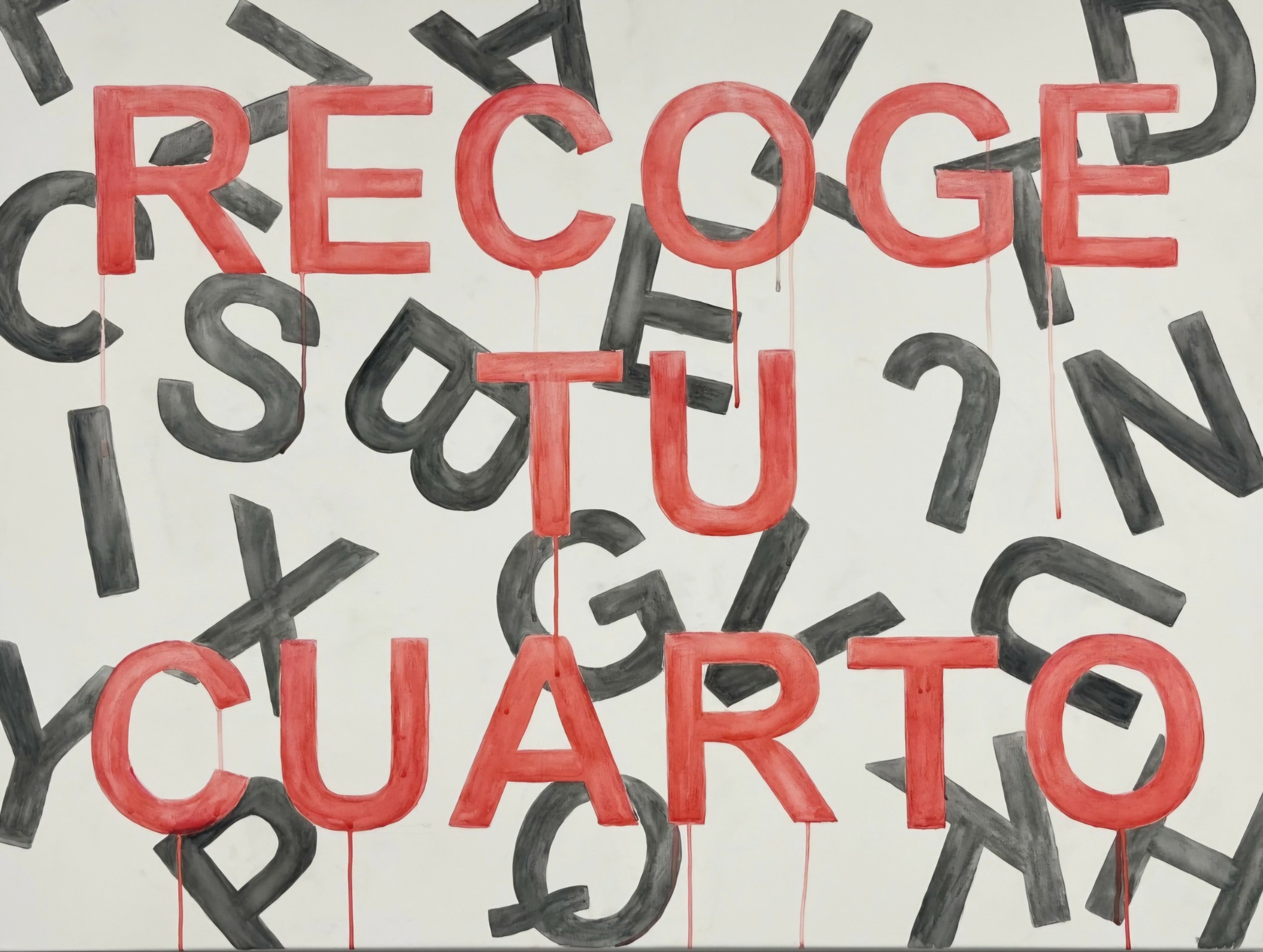
For you, what’s the most rewarding aspect of being a creative?
The most rewarding aspect of being an artist is simply getting to create.
I feel incredibly lucky and privileged to be able to pursue my art — and I mean this with my whole heart: if I didn’t have my art, I don’t think I’d be alive. I truly cannot imagine a life where I’m not able to create.
Even when I’m not making finished pieces, just being in my studio — sketching, reading, scribbling ideas — is enough. Sometimes even ten minutes of creating gets me through the day. Not having that would feel like a kind of death. It’s depressing to think how many people go through life without the chance to have some sort of creative expression.
That’s why I create — not just for me, but for those who couldn’t. My parents and grandparents worked hard so I could have this opportunity. My dad once dreamed of being a comic book artist. My mom loved photography. But they didn’t get to pursue those paths. They worked all the time and while I truly appreciate their sacrifices, I wish I would’ve seen my parents be a little selfish and create.
Art is in my blood. We come from a colorful and artistic culture — and I proudly continue that legacy.
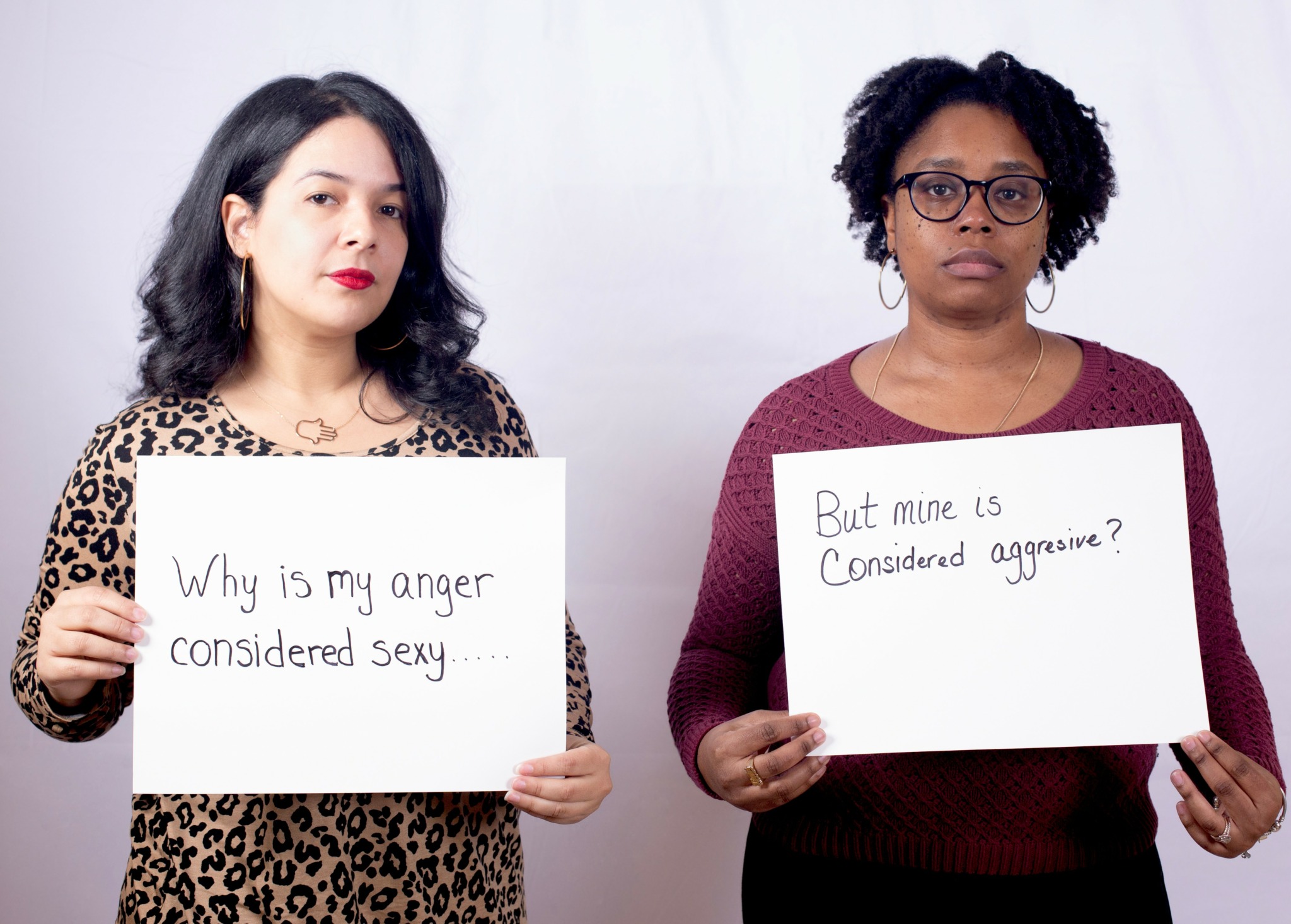
What can society do to ensure an environment that’s helpful to artists and creatives?
Give us space & pay us — simply put.
There’s a frustrating and persistent negative connotation attached to the word artist — like people don’t take it seriously or view it as a viable career. I’ve experienced this firsthand.
When I used to photograph events, part of the reason I stopped was because people constantly tried to lowball me. $300 for a wedding or a sweet sixteen? That doesn’t even begin to cover the labor, planning, and costs involved. We show up with our own equipment — which is not cheap — sometimes hire assistants, use gas or Metro fare for traveling, and invest hours shooting and editing. And then to be told, “You’re just pushing a button”? That’s incredibly insulting. If it were that simple, you’d do it yourself on your phone — but it’s not.
Do you know how many years I spent learning and mastering my craft? How many hours I worked just to save up for my camera body, lenses, software, and all the tools I need? And this goes for all artists and creatives. We pour time, money, and soul into our work — materials, studio rent, labor, emotional energy.
Pay us. Don’t ask for discounts. Don’t try to haggle. If you wouldn’t bargain at Target or question what you pay for your iPhone, why do it to a living artist whose work comes from their hands, their mind, their lived experience?
Also, give us space! Space for artists in NYC is incredibly limited. And when it does exist, it’s often too expensive to be accessible. I was lucky to land an affordable studio, but I know so many artists who aren’t as fortunate — who struggle to create simply because they don’t have room to do it. We need more subsidized, affordable spaces for artists to work and grow. You can’t foster culture or community without supporting the people who have a hand in making it.
Contact Info:
- Website: https://lizzydimps.com
- Instagram: lizzydimps
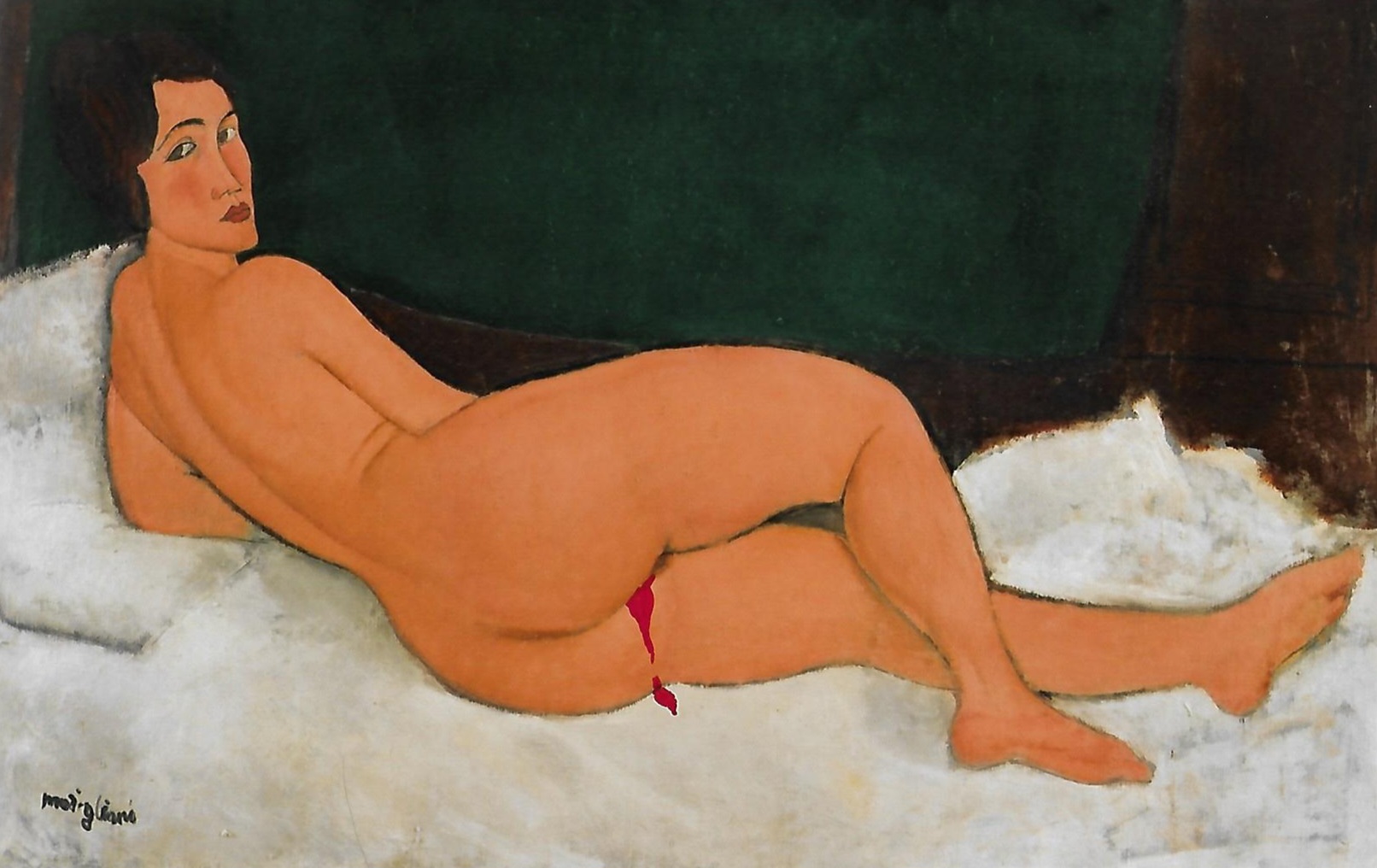

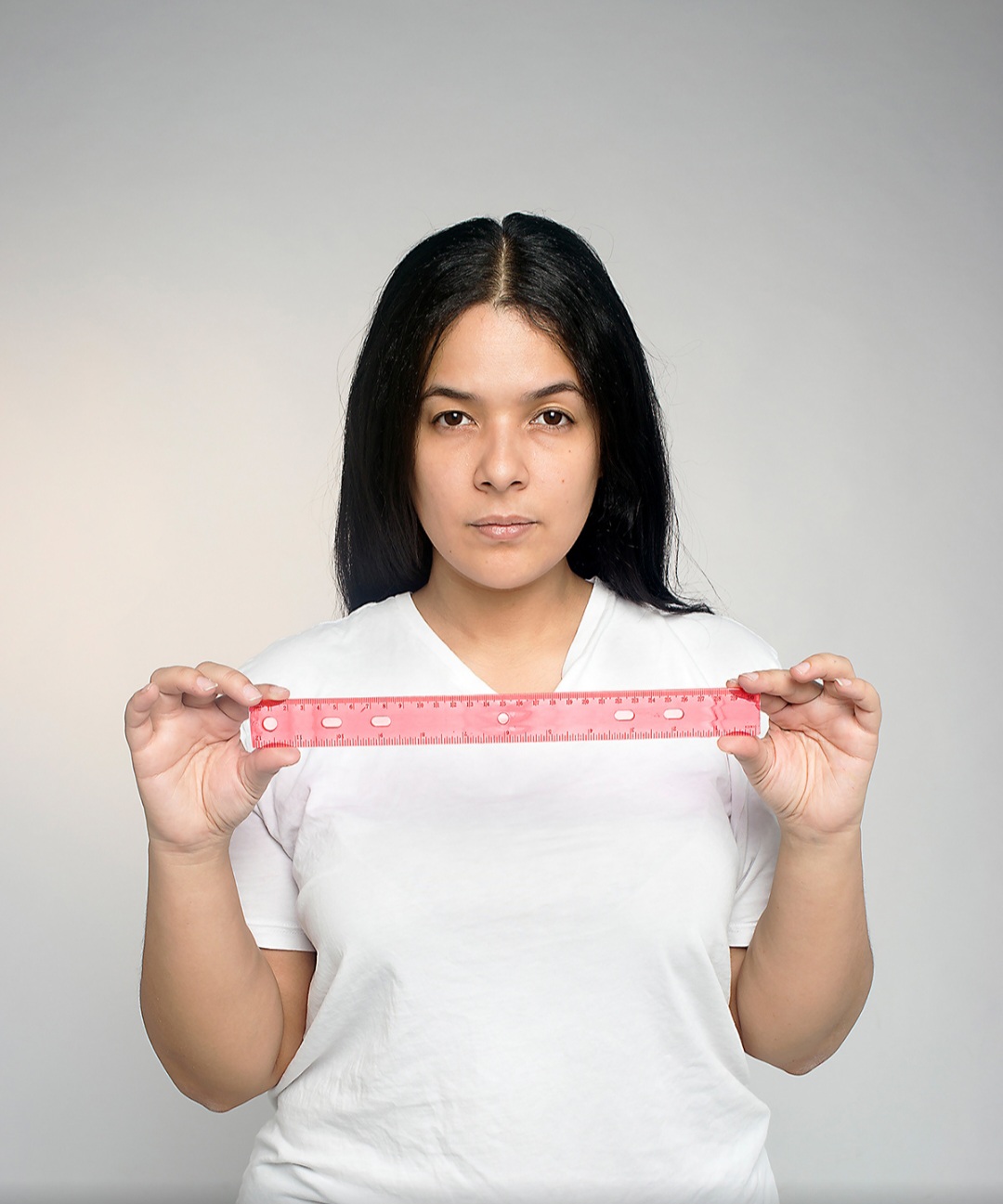
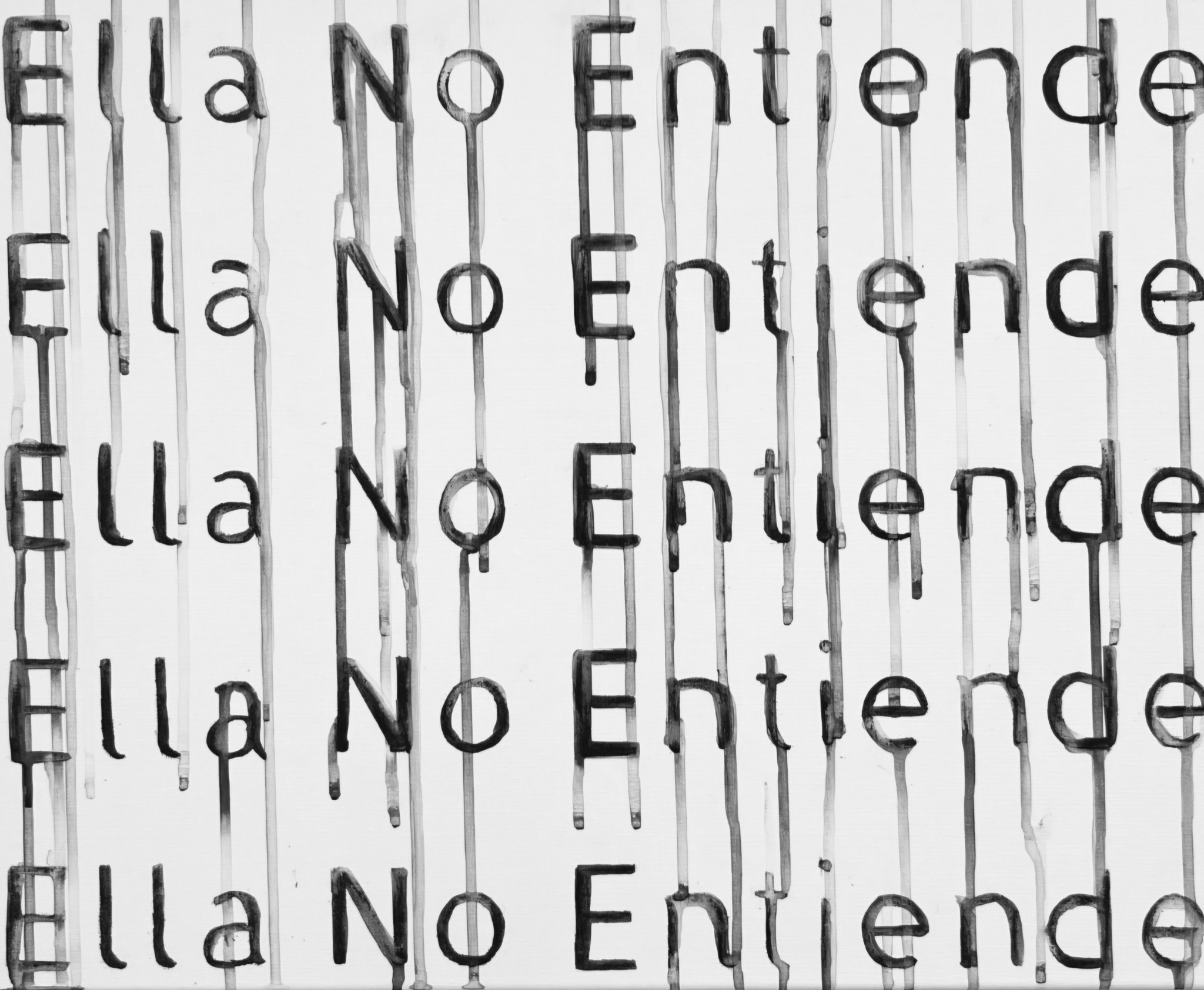
Image Credits
Image courtesy of the artist


